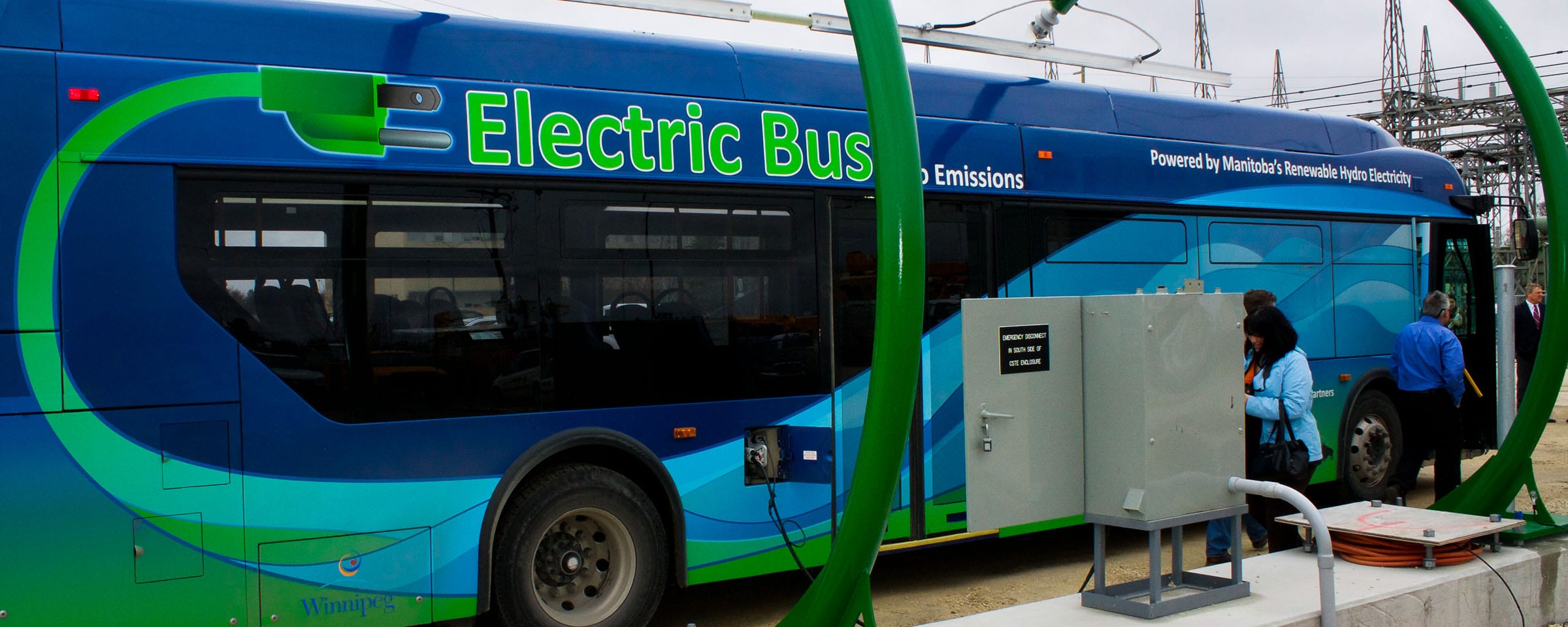Accelerating Innovation & Economic Development

This is article was written f by Ray Hoemsen, P. Eng. Director, Applied Research & Commercialization, Red River College.
As originally published in Research Infosource online.
Over the last decade, colleges and polytechnics have become an integral part of Canada’s innovation environment. Community-based economic development is a key driver of applied research in the college system, which supports industry innovation, productivity, and competitiveness.
“Applied Research” is generally considered to be the application of knowledge, focussed on the resolution of a problem or need (usually identified by industry or other organizations within the community) with the objective of delivering a satisfactory resolution or result. In Colleges, the focus is more on the “how” than the “why”.
In the words of Polytechnics Canada[1]: “College applied research is motivated by building Canadian talent, not by driving discovery, nor by attracting world-class talent. Applied research is driven by solving Canadian industry problems, involves students in applied research and is characterized by industry-friendly intellectual property policies.”
Students are an integral element in applied research, enabling them to gain practical experience as part of their applied learning experience. These students have increased their level of skill acquisition and development, as well as their ability to apply learning to real world contexts – as a result they have increased their employability and value to their employers.
Colleges and Institutes Canada[2] reported that in 2012-13 more than 29,000 students were involved in applied research – a ten-fold increase in participation over the last five years. This translates to nearly 13 students for every faculty, staff, industrial expert and technician involved in applied research. And Polytechnics Canada[3] data shows that since 2007/08 nearly 46,000 students have been involved in hands-on applied research projects, supplementing the efforts of more than 5,200 staff and faculty; servicing the needs of nearly 7,000 Canadian companies (93% of which were SMEs).
Technology diffusion (adoption and adaption of technology) is of greater relevance in Canadian colleges than technology commercialization. Colleges are driven by market needs (or pull) of the community, especially industry.
Since most applied research activities are directed towards a particular client need; institutions such as Red River College routinely assign commercial rights to the client/partner, while retaining rights for research and education purposes. As a result, patenting (by the institution) is a relatively rare occurrence; most colleges do not typically engage in the traditional academic “patent and license” model.
The importance of the role of colleges and polytechnics in helping industry to improve competitiveness, productivity and exports, as well as job creation, has been recognized by the federal government over the last decade.
Targeted investments by the Tri-Councils through the College and Community Innovation program have grown from ~$3M in 2004 to ~$48M in 2014. At the same time, the number of NSERC-eligible colleges has expanded from literally a handful to nearly 100 institutions from sea to sea to sea. And the most recent federal budget announced a planned two-year investment of $10M for a pilot social innovation program to help connect the capabilities, facilities and talent of Canada’s polytechnics and colleges with community-based research needs – providing a new opportunity for greater community engagement.
These investments are intended to increase community and/or regional level innovation by building capacity within the college sector to work with local companies, especially Small- and Medium-Sized Enterprises (SMEs); as well as to support applied research and collaborations “that facilitate commercialization, technology transfer, adaptation and adoption of new technologies.”.
Business and industry has been responding – “Private Sector Partnerships with Colleges & Institutes Spike as Applied Research Solutions Fuel Economic Benefits” was the headline of the March 5, 2014 News Release[4] by the Association of Canadian Community Colleges. A recent environmental scan revealed a 19% increase in applied research partnerships over the previous year (and 51% over the last five years), with nearly 5,500 industry partnerships reported – along with an increase in private sector funding of college applied research of 21% to $72 million. Business and industrial research accounted for 96% of external funding. The majority of these partnerships (86%) were small- and medium-sized enterprises (78%) or micro-enterprises (8%). And, over 800 social innovation partnerships with community organizations and companies were reported; as well as nearly 50 international partnerships (an emerging area of interest) in 21 countries.
In closing, the engagement of Canada’s colleges and polytechnics in applied research and innovation enhances the applied-learning experience of the students; broadens and deepens the experience of the instructors while enhancing the curriculum; and adds value in (and benefit to) the local economy – reflecting the desire of colleges and polytechnics to respond to local needs to support community-based economic development.

[1] http://www.polytechnicscanada.ca/sites/default/files/PC_B_Submission_STIConsultation.pdf
[2] Applied Research at Colleges and Institutes 2012-13. Colleges and Institutes Canada. http://www.collegesinstitutes.ca/what-we-do/appliedresearch-2/scan-2012-13/ downloaded September 11, 2014.
[3] Polytechnics Canada Applied Research Metrics 2013/14. July 1, 2014.
[4] http://www.accc.ca/xp/index.php/en/comm/news-releases/827-nr-20140305
